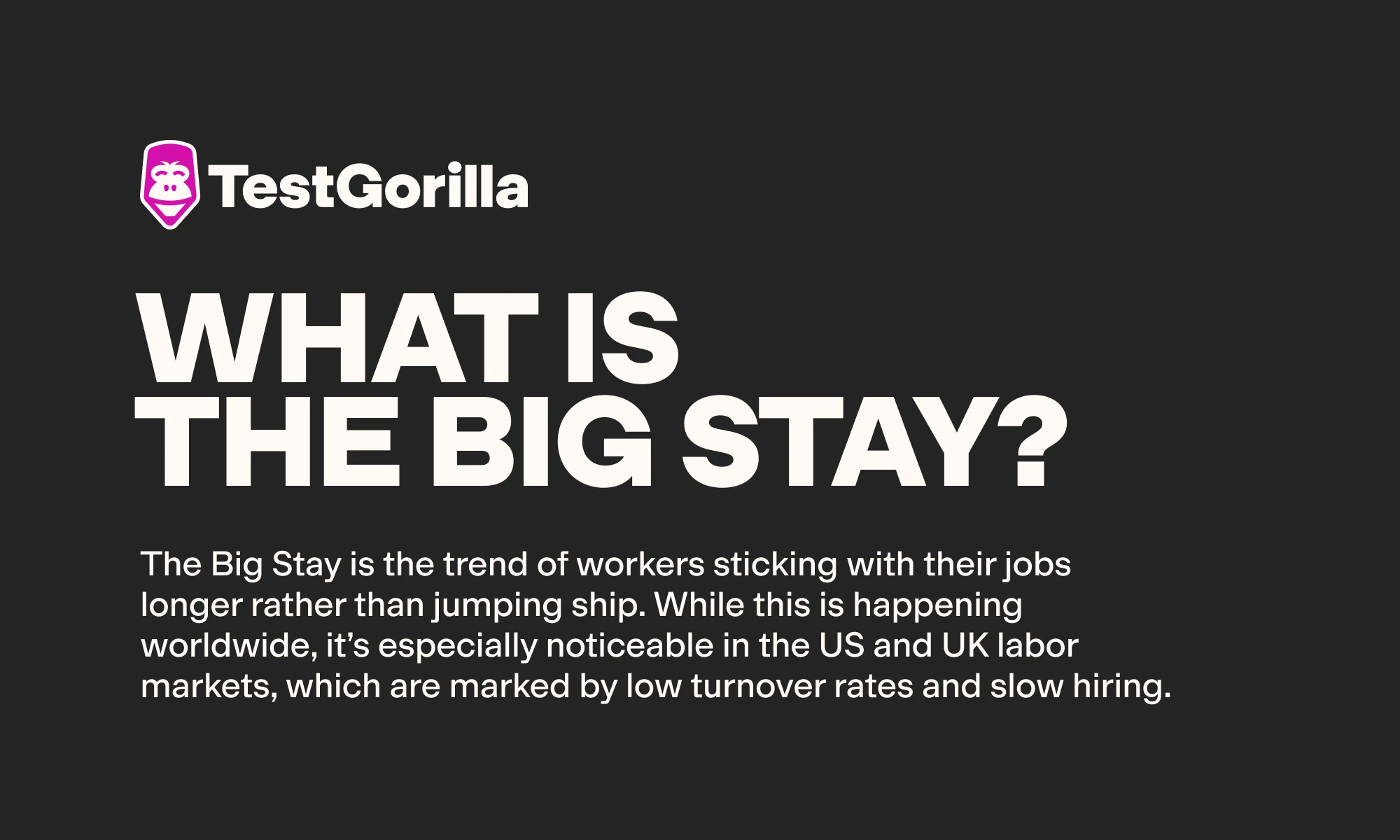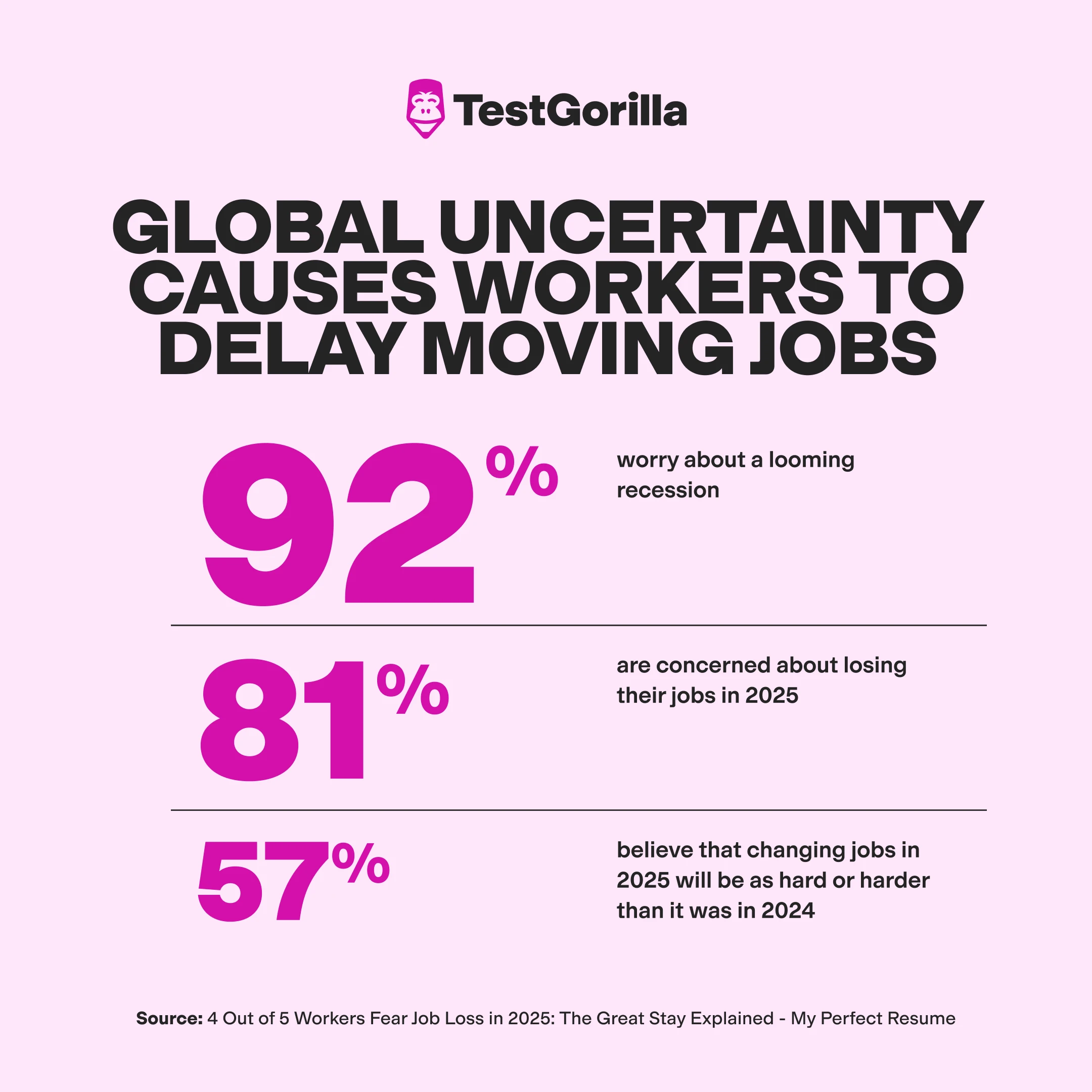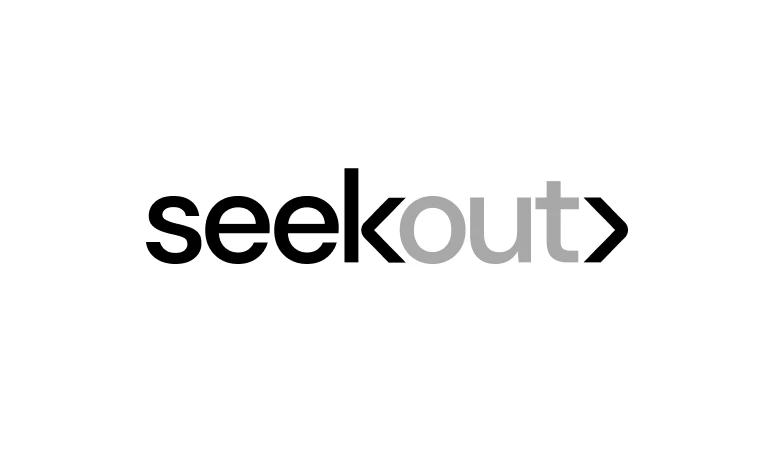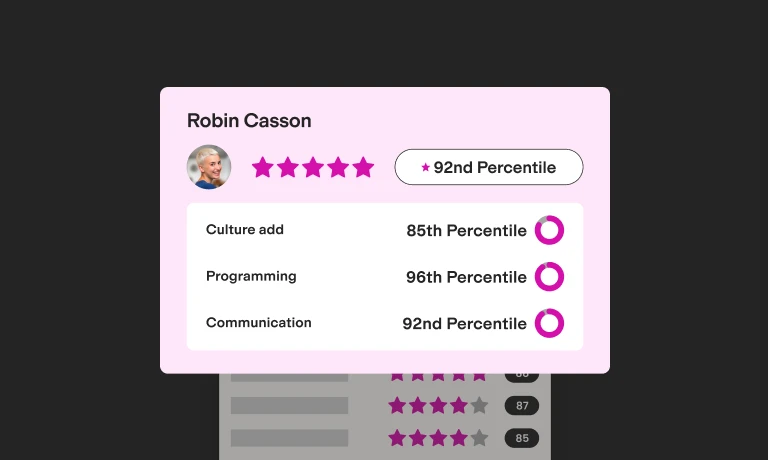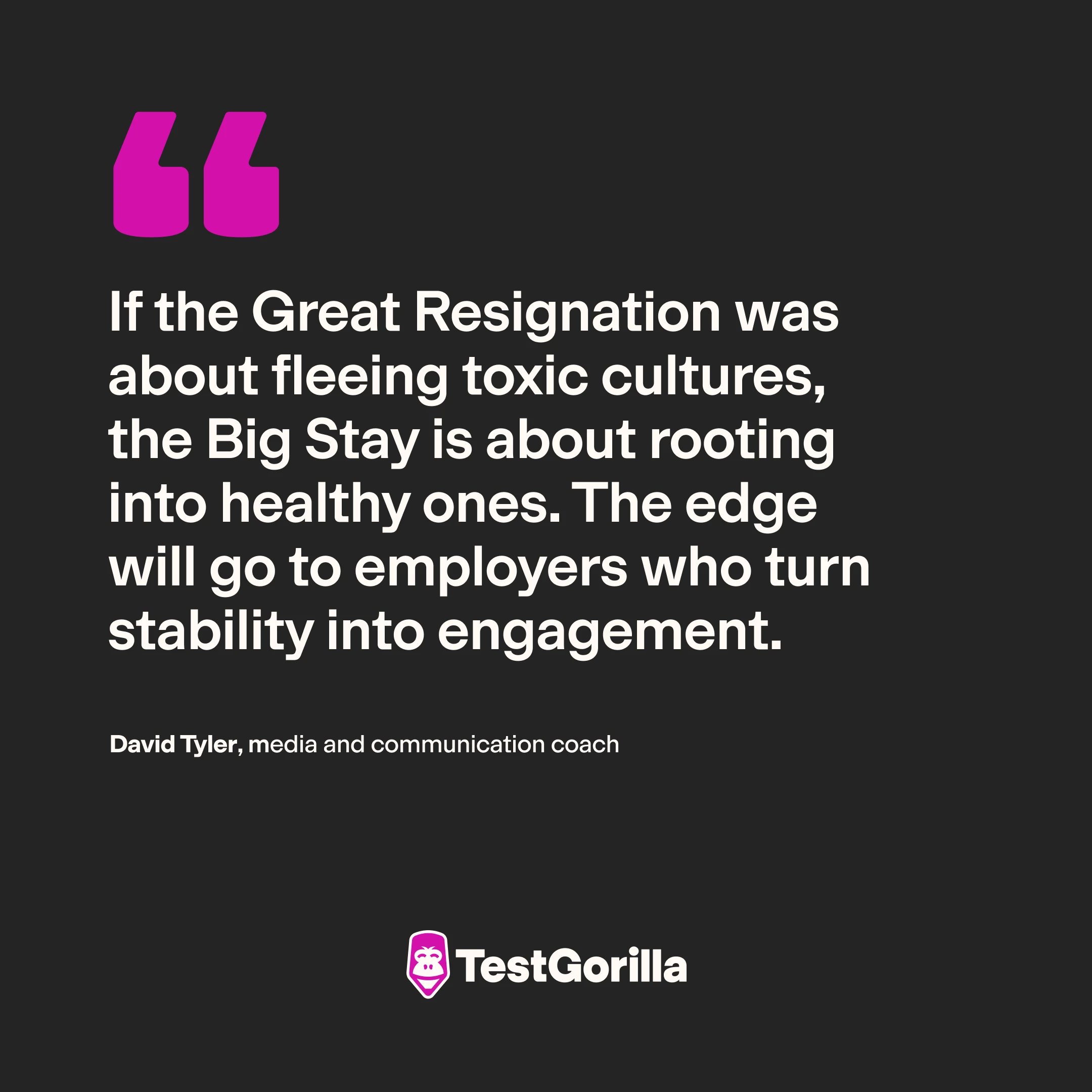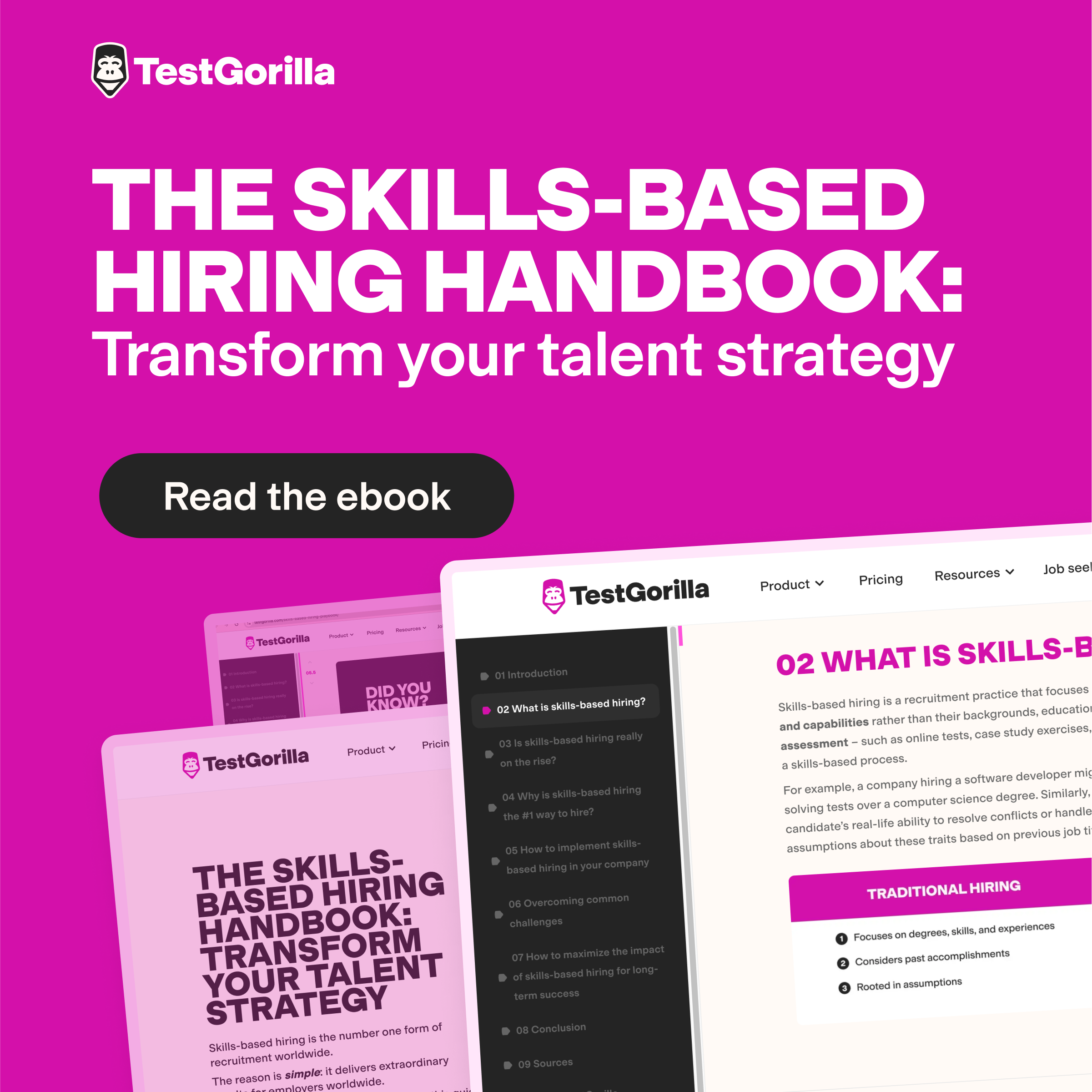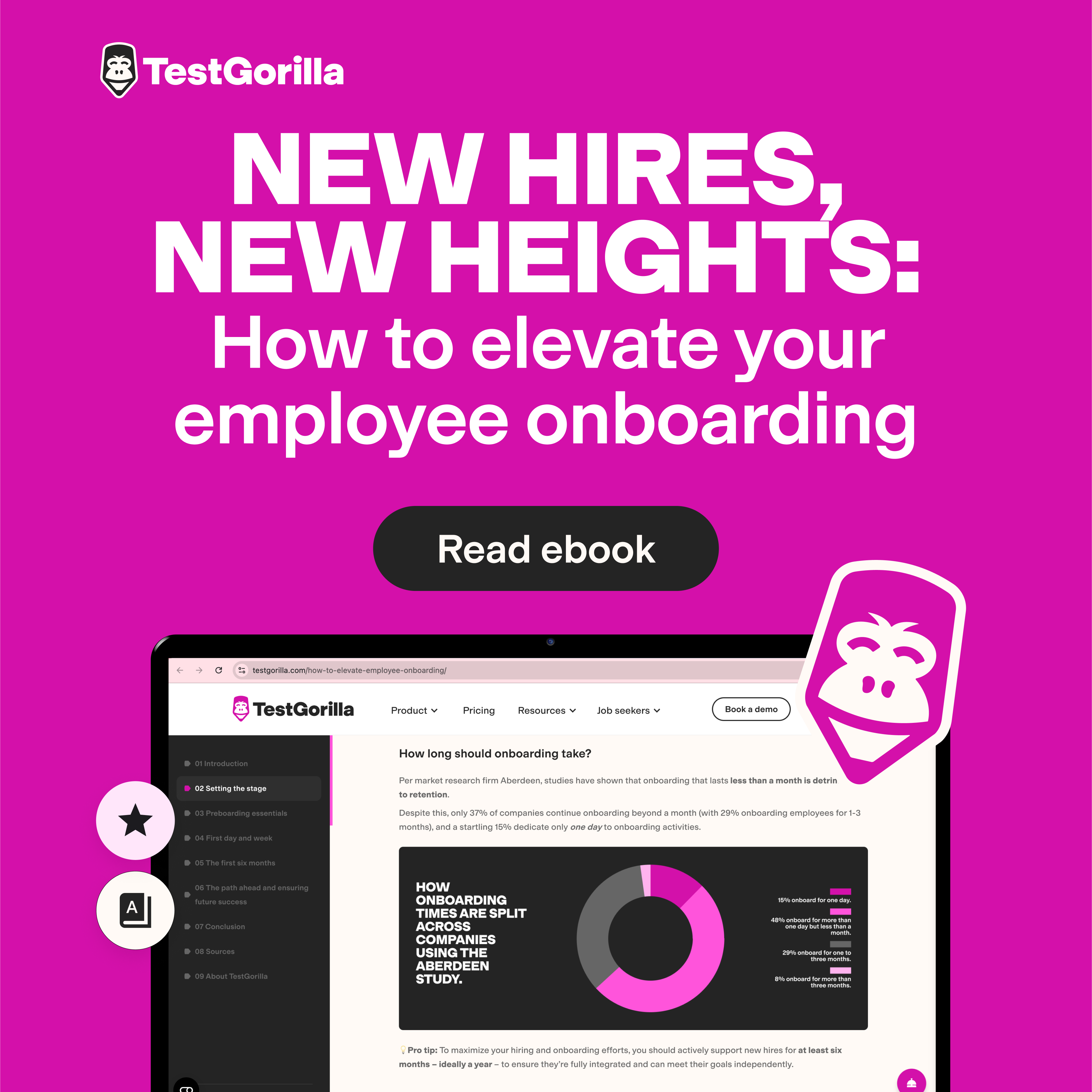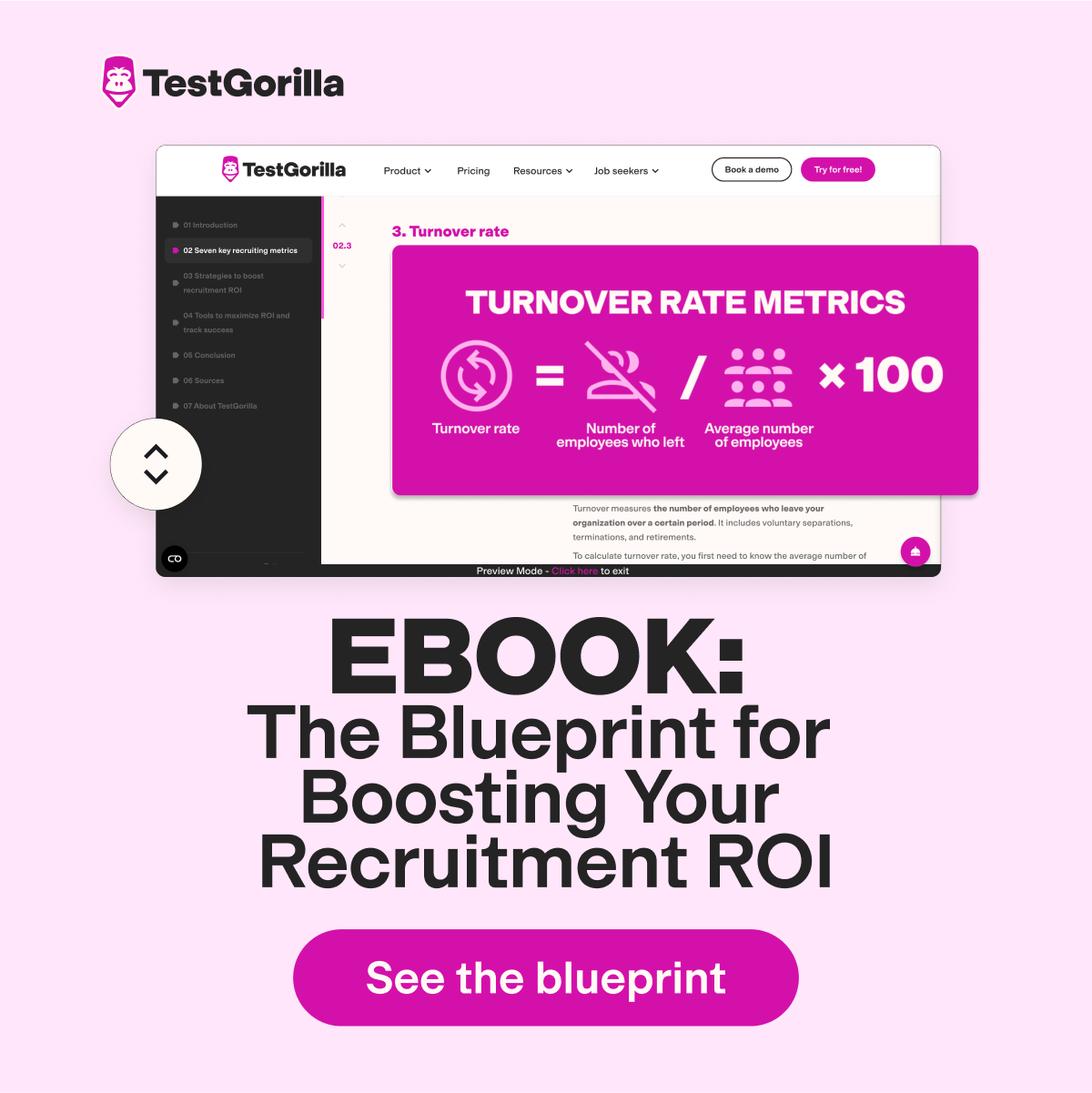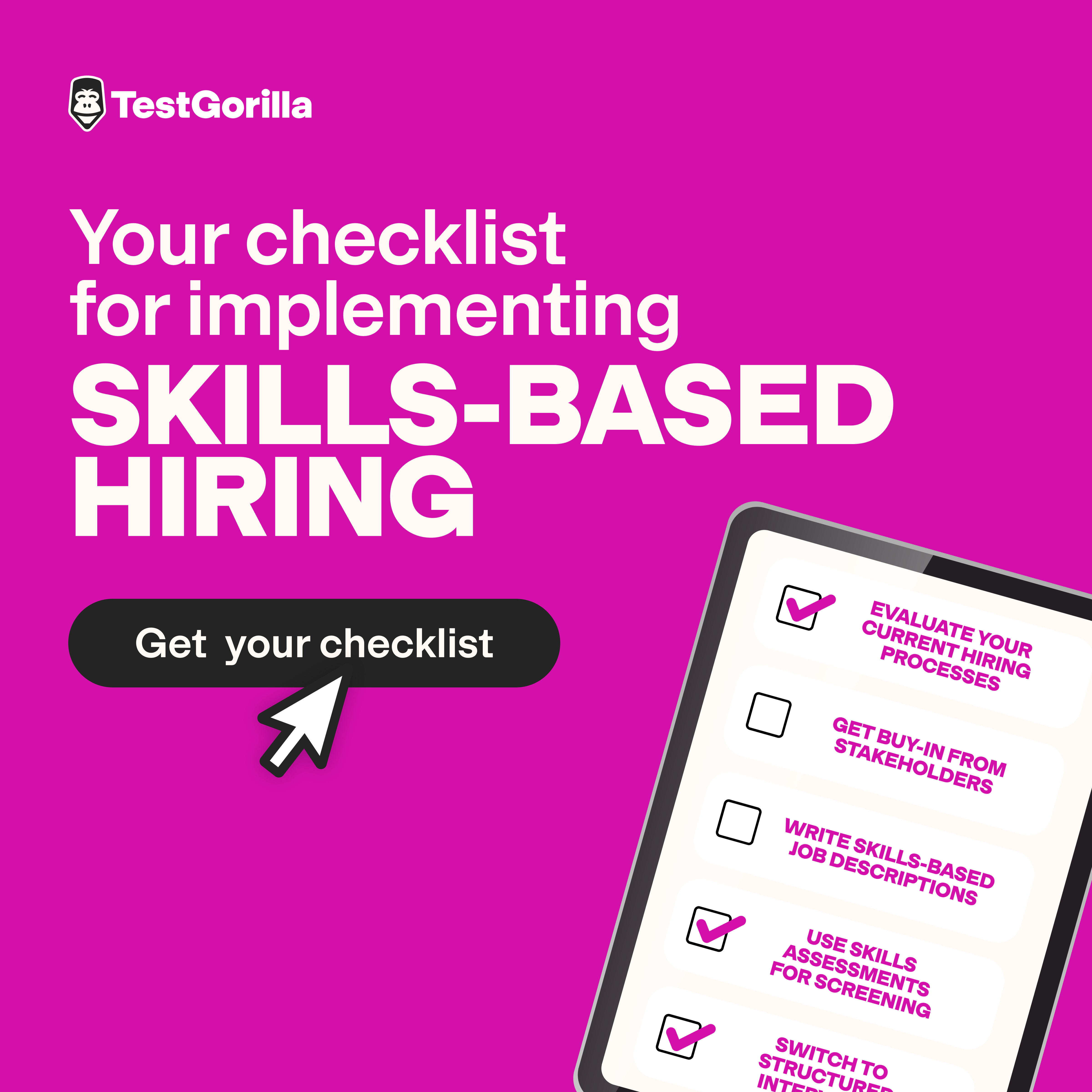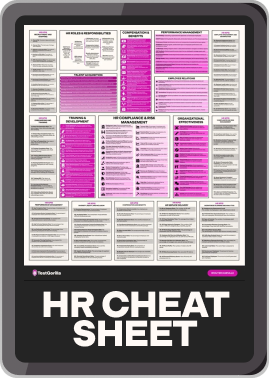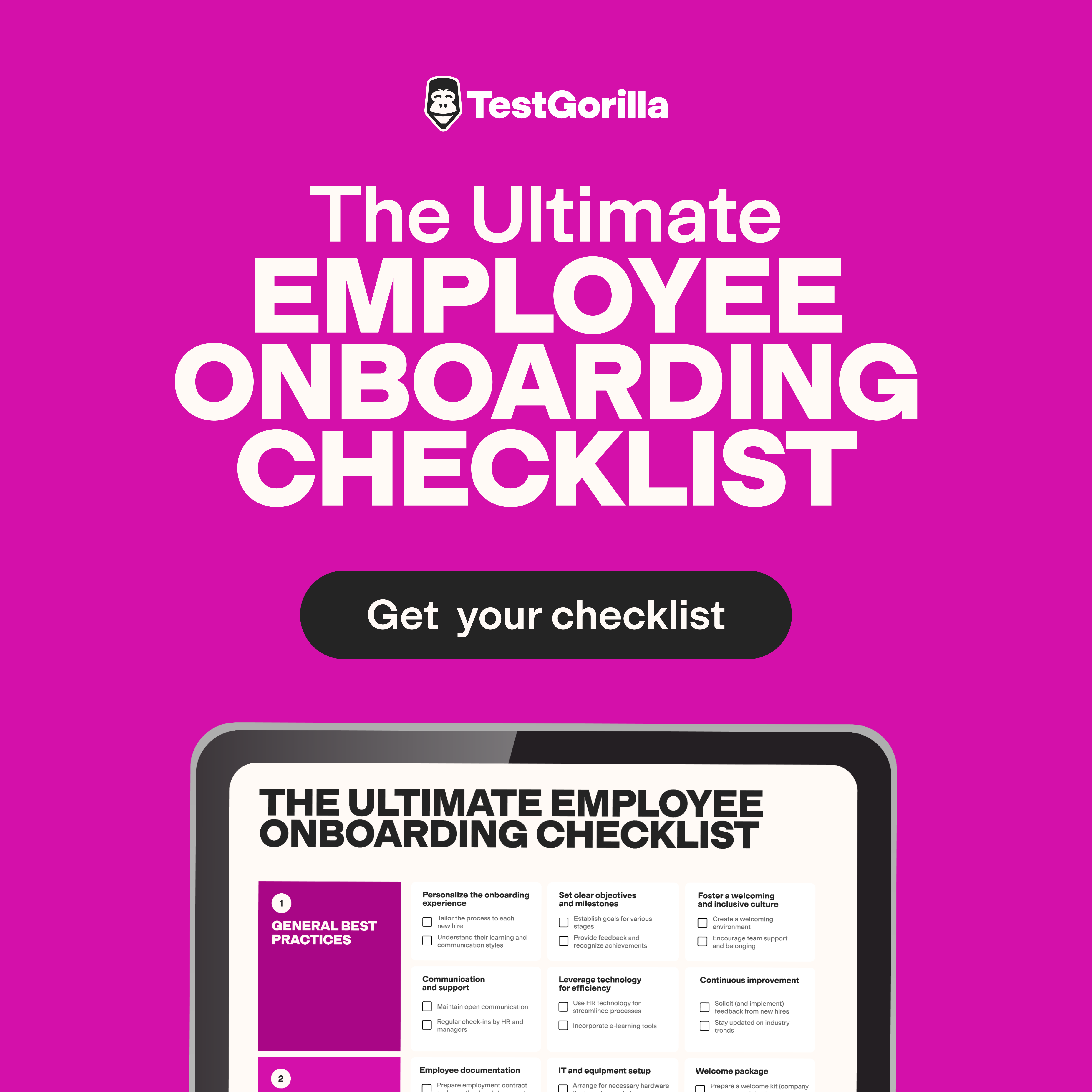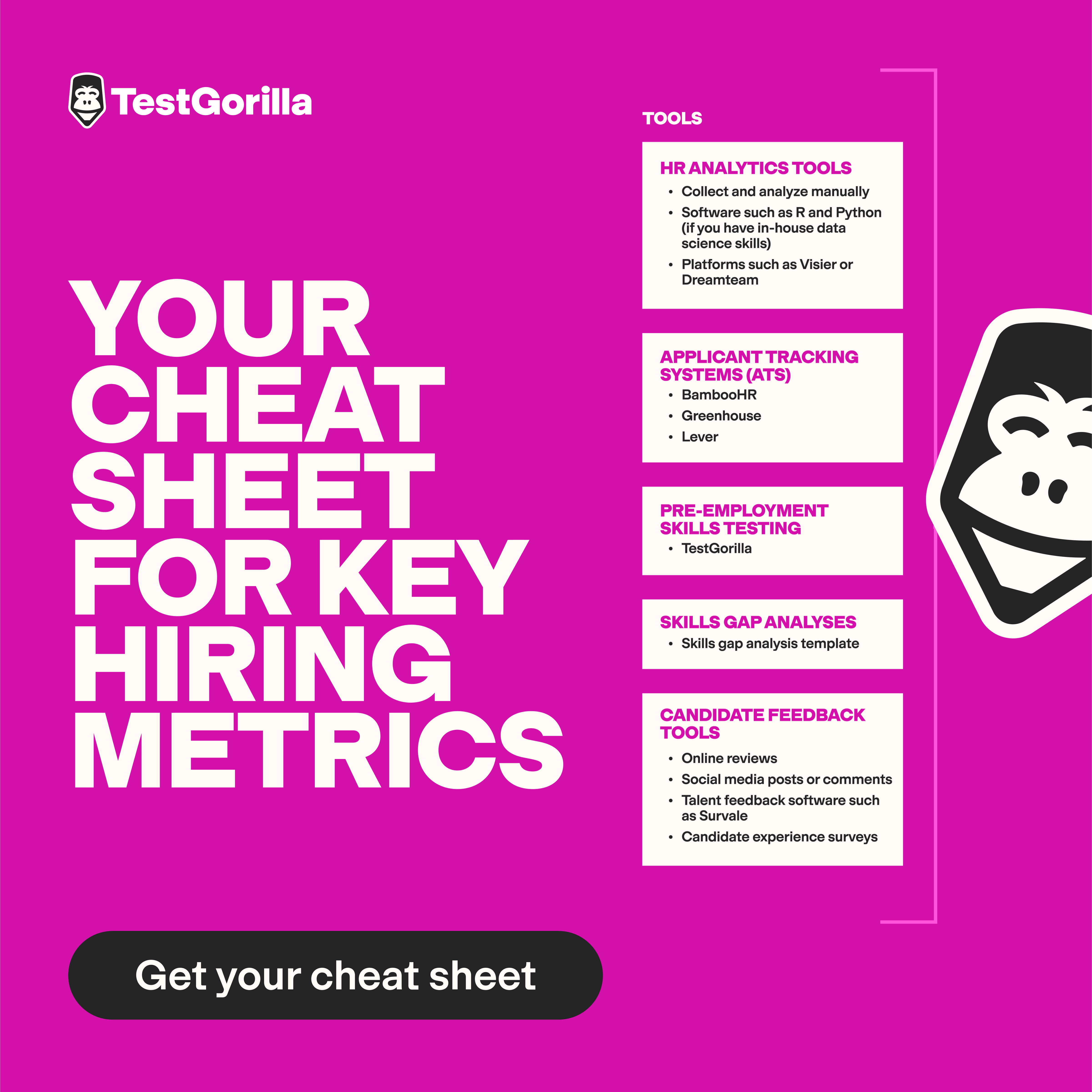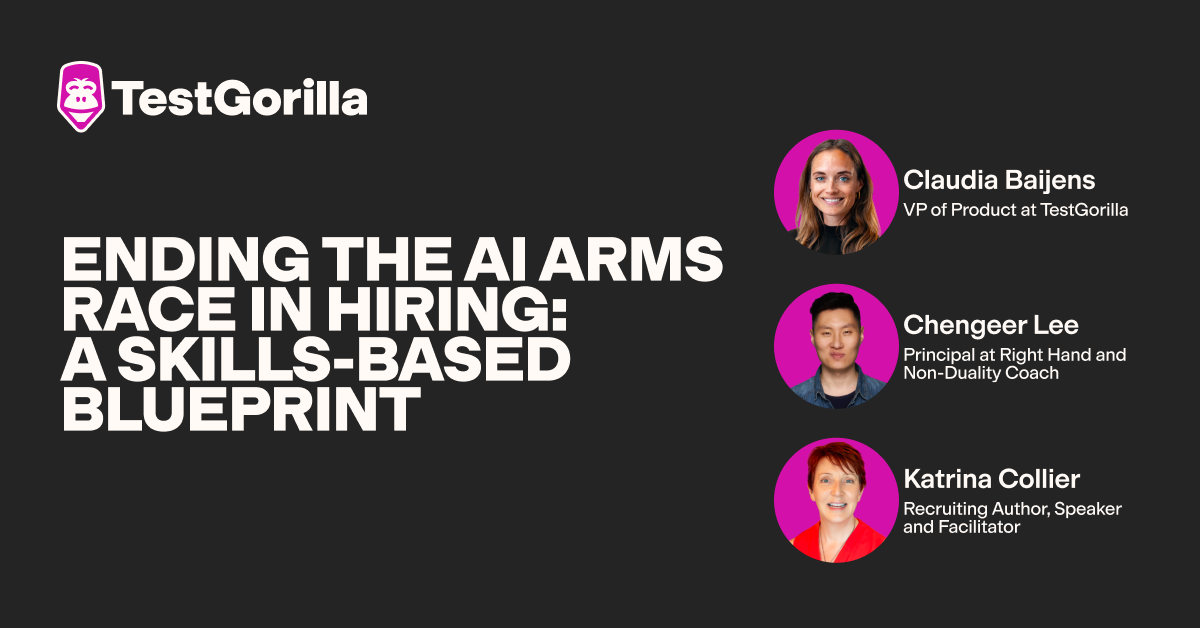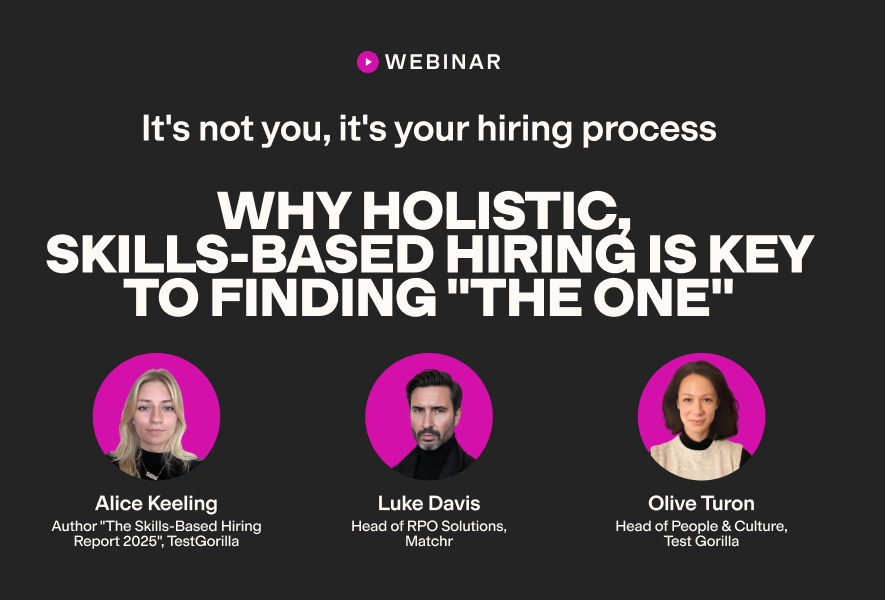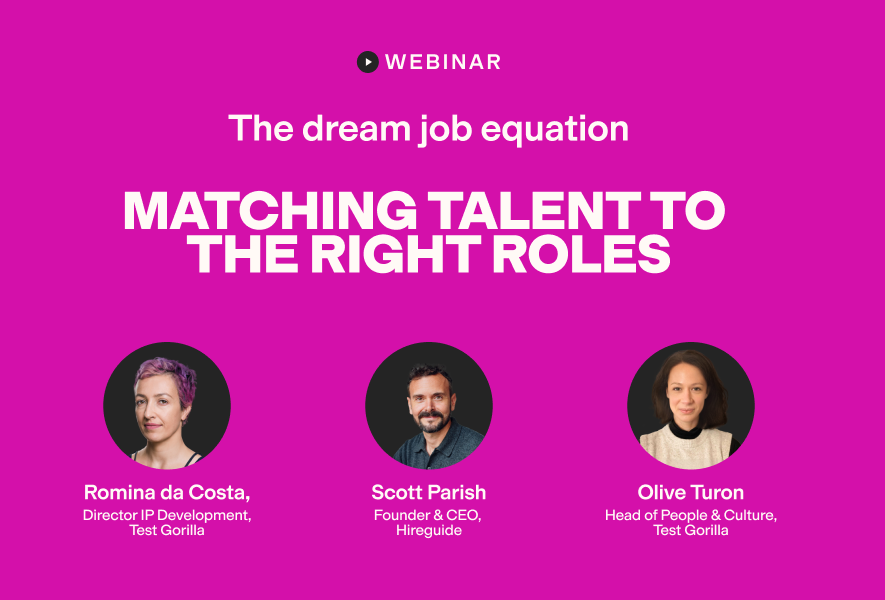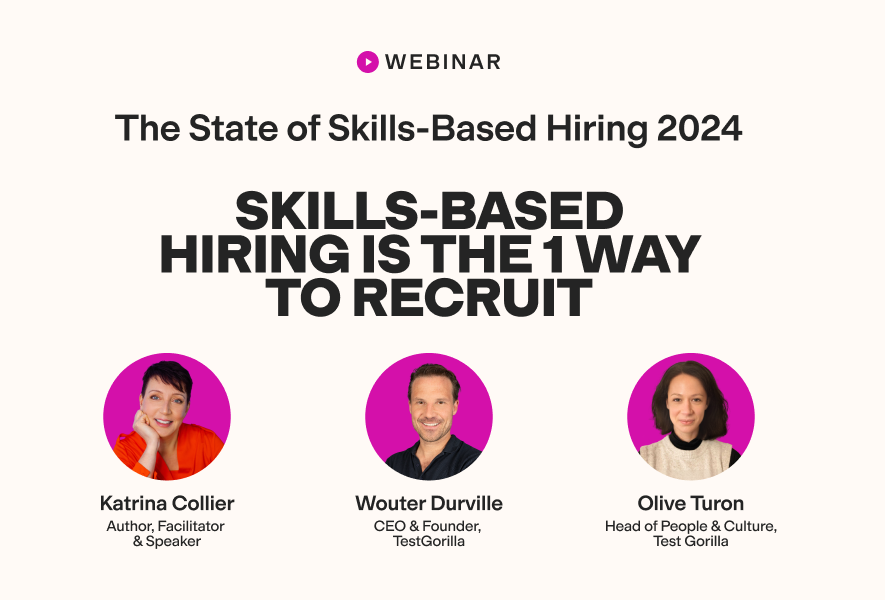The Big Stay: Why workers aren’t leaving and what it means for your business
After years of widespread job-hopping across the labor market, more workers are now staying put with their current employers.
According to 2024 research by WTW involving 45,000 employees worldwide, 62% of North American workers intend to stay in their job for the next two years, up from just 49% in 2022.[1]
But is this period of stability and improved retention rates, coined the “Big Stay,” a blessing or a hidden risk for employers?
In this article, I pull back the curtain to understand what’s driving the Big Stay and how employers can best position themselves to make the most of it.
What is the Big Stay?
The Big Stay – sometimes called the Great Stay – is the trend of workers sticking with their jobs longer rather than jumping ship. While this is happening worldwide, it’s especially noticeable in the US and UK labor markets, which are marked by low turnover rates and slow hiring.
According to the US Bureau of Labor Statistics, the quits rate (the number of people voluntarily leaving their jobs during the month as a percentage of employment) for April 2025 was 2%. Compare this with November 2021, when it was at an all-time high of 3%.
The Big Stay started in late 2023 and is expected to continue throughout 2025.
Analysts say the Big Stay is replacing the Great Resignation: a period of high quits rates that emerged during and after the Covid-19 pandemic when many workers voluntarily left their roles – whether they had other jobs lined up or not. Market labor trends reflected this reality, with the Great Resignation bringing high job openings and low unemployment.
Why are more employees choosing to stay?
There are three categories of workers contributing to the Big Stay, each with their own reasons for sticking with their current employer:
Those who feel they must stay
Those who are staying for now
Those who want to stay
I believe that understanding what drives these different groups is key for employers wanting to craft effective strategies that make the most of the Big Stay and reduce the risk of silent turnover.
Let’s dive into each group and their reasons.
Why people feel they have to stay
For many workers, staying put is a matter of risk avoidance and even powerlessness.
Consider the words of this Reddit user:
“Hate my job, would love to find something else but hesitant to jump ship and then get laid off somewhere else. At least I know what kind of ****hole I work at now, if I move I might end up in a worse spot with how desperate the job market seems.”
Resume Now surveyed 1,000 US workers at the start of 2025. Sixty percent of respondents say they’ve stayed longer in a role than they wanted because:
A career change feels too hard
Fears of financial instability are holding them back
Financial security is a top priority for workers, who are concerned about the impacts of rising costs of living and wages not keeping up with inflation. A recent BrightPlan survey of US knowledge workers found that almost all workers (91%) are stressed about finances.
There’s also been a noticeable decrease in job openings. According to Forbes, in 2024, 761,358 jobs were cut in the US – the highest number in 15 years (except for the spike at the start of the Covid-19 pandemic). These job losses were most noticeable in the technology, healthcare, and automotive industries.
In short, the workers in this first group feel trapped. They want out – but see no viable way to make a move. They feel they can’t afford to not stay put.
Why people are staying for now
A middle group of “stayers” is also unhappy in their current roles but is choosing to delay a move. While they aren’t as desperate to leave and don’t feel quite as stuck as the first group, they’re still holding out.
Some are doing so because of the lack of job options. One Reddit user explains:
“The only reason I'm where I am right now is because I can't find anything better in my current field. If I could find anything else that sounded interesting and paid more, I'd apply and hope for the best.”
Others are impacted by uncertainty. According to a recent survey of American workers:
92% worry about a looming recession
81% are concerned about losing their jobs in 2025
57% believe that changing jobs in 2025 will be as hard or harder than it was in 2024
These stayers are practicing patience: They may be open to other roles or even passively seeking them, but they’re delaying a move during the current economic, political, and global uncertainty. Some might even be actively seeking new work – but they’re doing so quietly to avoid risking their current position, and they’re doing so unsuccessfully (which reinforces their decision to stay).
Why people want to stay
While economic factors dominate the headlines, not all employees stay out of fear. Consider what this Reddit user says:
“Decent pay – my boss is not a micro-manager – work at home is the biggest draw. I could make more elsewhere but I have a great work/life balance and that’s really important to me.”
As the quote above demonstrates, some employees proactively choose to remain with their current employer because they’re happy.
Josh Howarth, senior regional vice president at Robert Half, says this phenomenon directly results from the Great Resignation. “During the Great Resignation, a lot of people changed jobs… employers became much more concerned about individual job satisfaction, and we think that those two things have led to individuals being happy in the position they are in, and wanting to stay more.”
By giving employees what they want, many employers improved overall job satisfaction and engagement, meaning that – now – their employees are choosing to stay – even when presented with other offers.
The best insights on HR and recruitment, delivered to your inbox.
Biweekly updates. No spam. Unsubscribe any time.
What does the Big Stay mean for employers?
The Great Stay sounds like a great thing for employers – and it can be. But it also comes with some risks.
The upside
For employers, one of the main upsides of improved employee retention is reduced hiring costs.
According to SHRM, the average cost of a new hire is $4,700. When employees stay longer, businesses automatically save on recruiting, onboarding, and training costs.
There are also several advantages of a stable, predictable workforce that the Big Stay offers:
Institutional knowledge is retained, delivering a better ROI on training and development
Strategic workforce planning and labor budgeting are easier and more accurate
Teams stay together longer, improving collaboration and enabling employers to build a strong workplace culture
The downside
Worker stagnation is the most significant risk to come out of the Big Stay. Low turnover looks positive, but it could mask disengagement, which affects productivity.
Claire Campion, a women's leadership and personal development coach, told me: “Just because people are staying doesn’t mean they’re staying fulfilled.”
Notably, we’re seeing a decline in employee satisfaction so far during the Big Stay. According to recent Gallup data, only 18% of employees are extremely satisfied at work.
Workers who stay because they feel stuck can quickly start to feel resentful towards their employer. This leads to an apathetic and disengaged workforce, which affects productivity.
I believe the Big Stay comes with a higher risk of quiet quitting. Employees lack motivation and loyalty in their current role, but can’t look for another job elsewhere. So instead, they clock in and do the bare minimum.
How can employers make the most of the Big Stay?
Employers can’t take the Big Stay for granted. Don’t assume your workers are happy – you must actively look for ways to support worker satisfaction and engagement.
I spoke with media and communication coach David Tyler, who told me “If the Great Resignation was about fleeing toxic cultures, the Big Stay is about rooting into healthy ones. The edge will go to employers who turn stability into engagement.”
I couldn’t agree more. But how do you do it?
Turning stability into engagement
First things first, staying put doesn’t mean standing still.
Workers still want professional growth. 62% of workers intend to upskill in 2025, and if your company supports them through that (by organizing internal training or offering learning and development budgets, for example) you can drive a great amount of engagement. You’ll also end up with a more skilled workforce. It’s a win-win.
Second, turn to your culture. Many employers focused on improving workplace culture to help attract candidates and retain employees during the Great Resignation. Employers should continue investing in culture to drive engagement during the Big Stay.
The reason? There’s a higher risk of cultural complacency when people aren’t moving much. It's easy for outdated norms and unspoken habits to go unchallenged. Ask yourself what your culture needs in order to kick some more life into it and make it something employees actively experience, not just a set of values on a poster. Read our blog about assessing your workplace culture to help with this!
Finally, I want to highlight employee recognition as a way of driving engagement. Arguably, it can be harder for people who stay longer with an organization to maintain a sense of purpose. They might feel taken for granted. Recognition reconnects long-timers – it’s energizing to be seen and appreciated for your work, especially when it’s genuine and heartfelt.
Smart companies are turning the Big Stay into a big win
The Big Stay is improving retention rates and saving hiring costs for companies everywhere, but complacency is a mistake – it could land you a disengaged, stagnated workforce.
Leaders should ask themselves: How can I turn stability into engagement? The ones who do won’t only keep their people – they’ll keep them thriving.
Sources:
“Understanding the employee voice,” WTW (2024). https://www.wtwco.com/en-ph/insights/2024/09/understanding-the-employee-voice-the-2024-global-benefits-attitude-survey
You've scrolled this far
Why not try TestGorilla for free, and see what happens when you put skills first.


